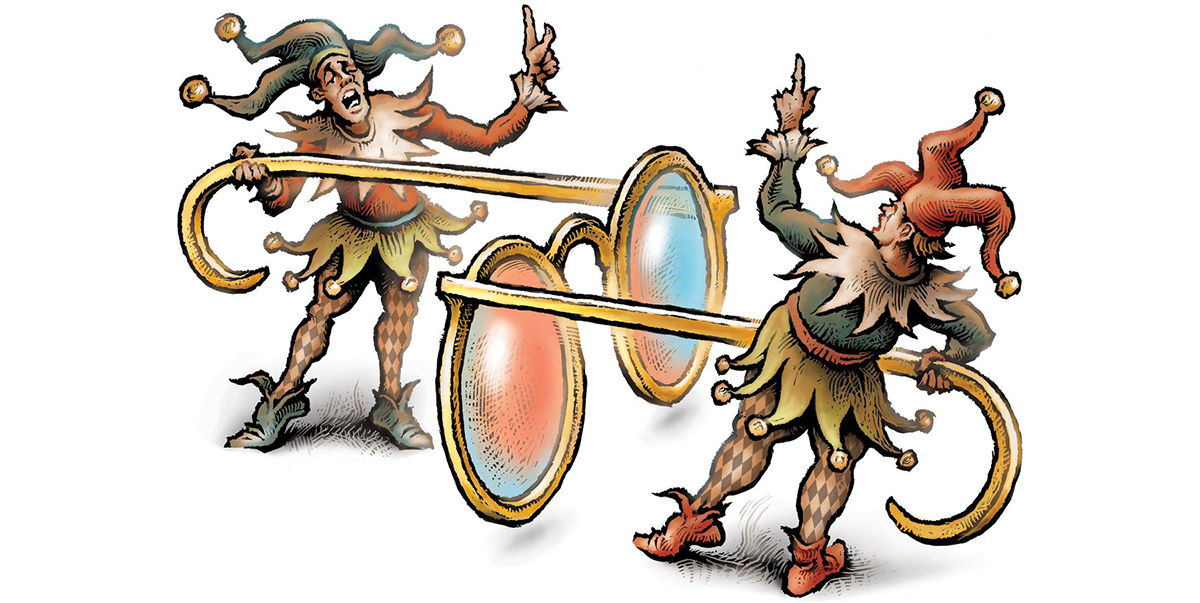 Kerby Anderson
Kerby Anderson
Yesterday, I talked about “misinformation” and “disinformation.” Today I want to quote from Barton Swaim who explains “How Disagreement Became Disinformation.”
In the early part of the 20th century, progressives placed their “faith in the perfectibility of man” and “held that social ills could be corrected by means of education.” People do bad things, according to this view, because they don’t know any better and have bad information. Even secular people can see the folly of such a belief since “many monstrous acts are perpetrated by highly educated and well-informed criminals and tyrants.” As Christians, we know that people do bad things because of their sin nature.
The promoters of this view include John Kenneth Galbraith (The Affluent Society) and Daniel Bell (The End of Ideology). These writers (and others) wanted the experts to run the government and prevent the spread of misinformation.
A speech Barack Obama gave to Google employees in 2007 illustrates this view. He began by claiming that the “American people at their core are a decent people.” But they are “just misinformed, or they are too busy, they’re trying to get their kids to school, they’re working, they just don’t have enough information.” Therefore, Google and other enlightened influencers need to provide good information and protect people from disinformation.
Barton Swaim reminds us that during the Obama years, “fact checking” took a firm hold on American journalism. They weren’t just looking for typos but began labeling arguments they disagreed with as “false” or “mostly false” or “lacking context” even while conceding the statements were true.
That is why today you find so many examples of true statements that nevertheless receive the labels “misinformation” and “disinformation.”
 Listen Online
Listen Online Watch Online
Watch Online Find a Station in Your Area
Find a Station in Your Area










 Listen Now
Listen Now Watch Online
Watch Online
